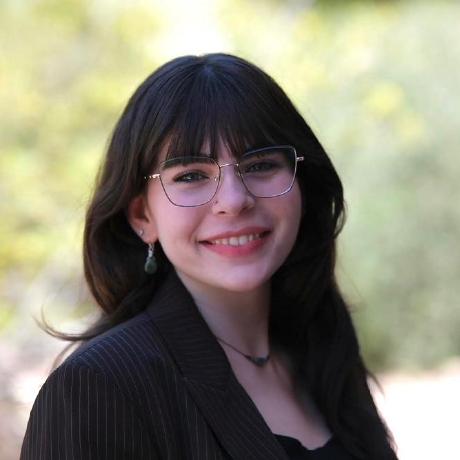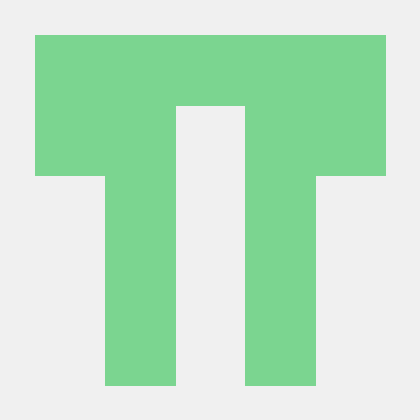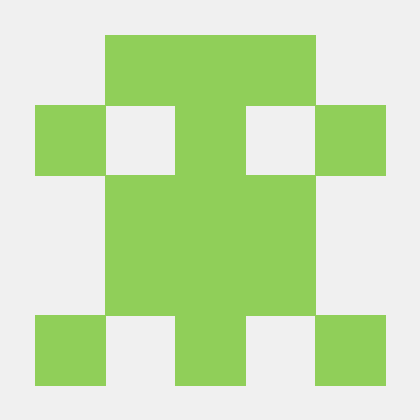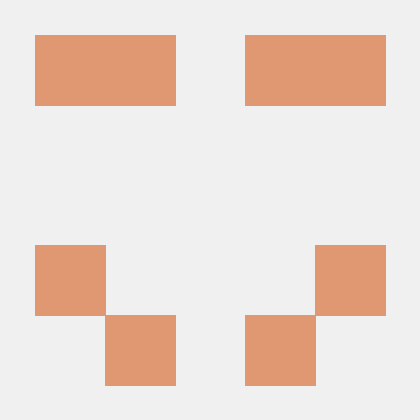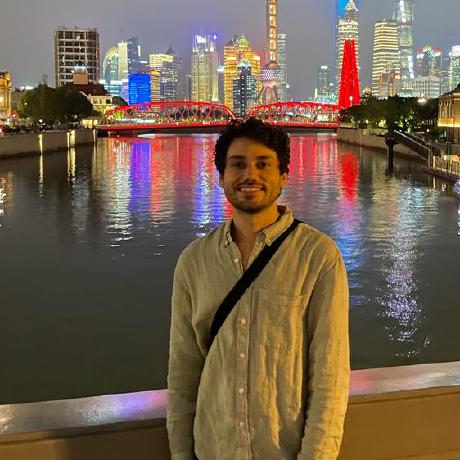AIR Technical Research Applications Development
The Bridge Between Computer Science and Interdisciplinary Research
Overview
Who we are
The Technical Research Applications Development (TRAD) group is a group of technology research professionals and students who provide technical research services and collaborations to the Centers and Programs found within the Arizona Institute for Resilience (AIR). Our project collaborations span the globe and make meaningful impacts from the desert southwestern United States to the Middle East and places in between.
TRAD is led by Rey Granillo Director of Technology and Research & Development Engineering, Leland Boeman Research & Development Software Engineer, and Thomas Weiss Research & Development Systems Engineer.
Our proficiencies
- Research & Development / Proof of Concept
- Research-focused software development
- Hardware and sensor development
- Cloud computing infrastructure
- Amazon Web Services (AWS)
- Google Cloud Platform (GCP)
- Data assimilation, processing, and presentation
- Database architecture and development
- Application Programming Interface (API) development
- Remote sensing
- LoRaWAN
- Microcontroller design and development
- 3D printing
- Machine Learning (ML)
How we do it
Development Process
Using a collaborative model, TRAD members gain a broader understanding of the research questions being asked, and collaborators gain a better understanding of how cutting edge technology can be applied to their area of expertise. These collaborations have uncovered correlations in data that were not previously realized which have led to new research project ideas and proposals. We collaborate at each step of the research process from proposal development to publication. TRAD can provide a proof-of-concept application or tool showing what is technically feasible to add a competitive edge to proposals. Upon project completion, we aid with the technical writing of publications which outline our findings and technical solutions that were implemented.
Student Support
We rely on student support and participation across all research projects. Student participation ranges from software development, technical hardware implementation, database architecture design and implementation, ML/AI research, and publication writing. To support these efforts, AIR has established a student research computing working group that primarily meets during the Fall and Spring semesters. This working group is a forum where we discuss new research technologies, ask questions, and where students can report on their current research activities. The intention is to create research focused critical thinking processes that can generate new ideas and concepts across various projects and collaborations.
Our current student cohort includes:
- Roger Palmenberg
- Major: Statistics and Data Science
- Minh Ngo
- Major: Computer Science
Research Collaborators
In addition to our core research team, we've had a number of collaborators across AIR programs and affiliated groups across the University of Arizona.

Ben McMahan
AIR, School of Anthropology

Mike Crimmins
CALS - Environmental Sciences

Zack Guido
AIR International Programs

Tom Evans
SBS - School of Geography and Development

Riley Duren
CEO Carbon Mapper

Wes Howden
Eller College of Management

Konan Hara
Eller Doctoral Student Economics

Rachel Rosenbaum
School of Anthropology
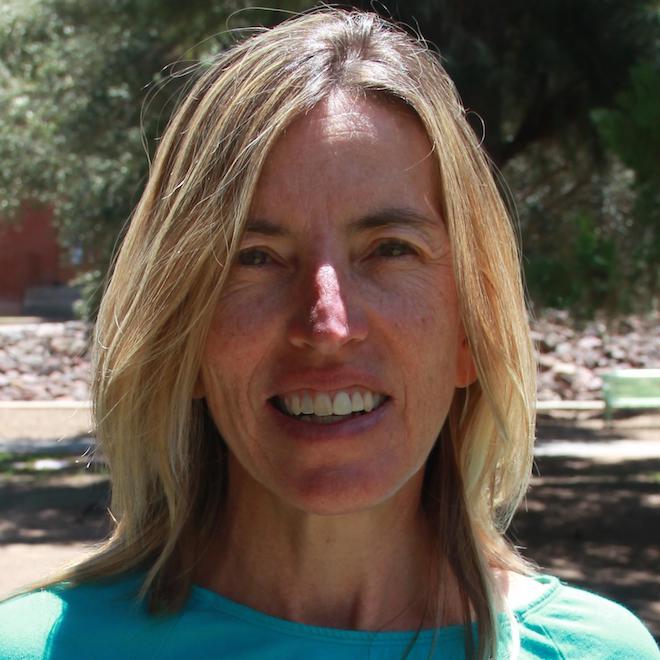
Nancy Petersen
AIR Haury Program

Dharma Hoy
Statistics Graduate Student Colorado State
Proposals
Study/Project Aim(s) IDENTIFY fire weather forecast priorities and EXPAND the fire weather stakeholder network, DEVELOP experimental fire weather analysis and visualization prototypes, based on insights from data science, Ux testing, and ML/AI, CO-PRODUCE relevant, salient, and credible fire weather information collaboration with fire managers that ENHANCE fire weather impact decision support services (a NOAA/Npriority), and DEVELOP strategies to expand these products at scale for use by wider networks of fire managers, and EXPLORE opportunities for aggregation, management, visualization, and analysis of fire rand weather data
PI: Rey Granillo
Co-Applicants: Ben McMahan, Leland Boeman
Original Proposal: $638,224
Seed Funding (RII IT4IR 18th Mile): $63,052
Proof of concept for data aggregation work, development of heat island data and visualization, laid foundation for student training in interdisciplinary and stakeholder engaged research at intersection of climate/social/computer science
PI: Ben McMahan & Rey Granillo
$144,646
Proof of concept for data aggregation work, would have helped lay foundation for future student collaborative work, and faculty led proposals
PI: Ben McMahan
Co-PI: Mike Crimmins
$40,554
Heavy involvement on data aggregation and UX/visualization development. (why Rey was PI, as learning lab was heavily implicated in our proposed capacity)
PI: Ben McMahan
Co-PI: Rey Granillo, Mike Crimmins, Will Holmgren
$638,224
Use ML techniques to organize aggregated monsoon data to create improved flood decision support and data viz
PI: Ben McMahan & Rey Granillo
$24,385
Included development of stakeholder focused data viz and tools - would have used the learning lab to help with project work and give students experience
PI: Ben McMahan
Co-PI: Will Holmgren, Mike Crimmins
$365,117
PI: Z. Guido
Co-PI: McMahon, B., Crimmins, C., and Granillo, R.
$13,958
Initial foray into data aggregation.
PI: Ben McMahan
Co-PI: Will Holmgren, Mike Crimmins
$25,000
Technology Transfer
National Science Foundation Innovation Corps (NSF I-Corps) Training Program
The U.S. National Science Foundation’s Innovation Corps (I-Corps™) program is an immersive, entrepreneurial training program that facilitates the transformation of invention to impact. This immersive, seven-week experiential training program prepares scientists and engineers to extend their focus beyond the university laboratory — accelerating the economic and societal benefits of NSF-funded and other basic research projects that are ready to move toward commercialization. Visit the NSF's I-Corps website for more information.
Desert and Pacific Regional Hub 2023 - Cohort 6 - Fire Data Dynamics
AIR's technology team is working with Tech Launch Arizona on licensing for our Fire Data Dynamics prototype to help make meaningful impacts in fire prediction, response, and analysis. As part of this licensing process, we participated in NSF's I-Corps where we learned about the Lean Startup Methodology with a strong focus on customer discovery and learning about the challenges being faced to ensure we are providing a solution with meaningful impact.
Upcoming Projects
Biosphere 2 Remote Sensing
AIR's TRAD will be working closely with researchers at Biosphere 2 (B2) on the deployment of a LoRaWAN remote sensing gateway and the development and deployment of custom environmental remote sensing hardware within B2's biomes. This work will test sensor and enclosure designs in preparation for potential field deployment at research sites around the globe.
ALERTArizona Fire Camera Network
In collaboration with ALERTWest, AIR's TRAD will facilitate and maintain a network of environmental monitoring equipment to include cameras designed to detect wildfires using an Artificial Intelligence (AI) model built by CAL FIRE and ALERTCalifornia. This early warning system is backed by a 24/7 operations center supporting users and provides human verification for every AI detection.
Projects
Fire Data Dynamics
With data from the National Interagency Fire Center's (NIFC) Southwest Coordination Center (SWCC), and with funding from the University of Arizona's Technology and Research Initiative Fund (TRIF), we developed a fire data dashboard prototype designed to be used by and inform decision makers of environmental factors leading up to, during, and post fire events.
Remote Automated Weather Stations (RAWS) Machine Learning
Leveraging historical RAWS data from the past 20 years alongside popular machine learning technologies, we were able to build models to predict wind speed, temperature, and relative humidity conditions for 6-, 12-, and 24-hour time periods.
Carbon-Econ Plotter
We map methane plume emission rates measured by Carbon Mapper onto tract-level demographics from the U.S. Census Bureau to explore environmental justice issues associated with the methane emissions.
LoRaWAN Remote Sensing Network
AIR supports the Desert Laboratory on Tumamoc Hill which is an 860-acre preserve located west of downtown Tucson. AIR has a number of LoRaWAN Gateways and is using Tumamoc as our current testbed for future remote sensing projects.
Monsoon Game Repositories
The following projects all pertain to various aspects of the AIR Monsoon Fantasy Game. These repositories include the detailed scoring method and a post game analysis.
Monsoon Fantasy Game
In Monsoon Fantasy, players estimate the total monthly precipitation at each of the five major cities in the U.S. Southwest Monsoon region: Tucson, Phoenix, Flagstaff, Albuquerque, and El Paso.
Monsoon Game Scoring Method
This repository contains a description of the scoring system used in the Monsoon Fantasy game and a simulation that was created to compare different scoring methods before the final scoring method was decided upon.
Monsoon Post Game Analysis
When signing up to play Monsoon Fantasy, players had the option to fill out profile questions. These questions asked things such as: How many monsoon seasons have you experienced while living in the southwest?
Monsoon Data Collection and Processing
The following projects are geared towards improving the availability of monsoon related meteorological data in Arizona by providing a centralized and persistent source for otherwise ephemeral observation data and demonstrating the value of that data through visualization and machine learning applications.
Monsoon Scraper
This project centralizes public data from several different Flood Control District (FCD) networks across the state of Arizona. This data is stored in a cloud based data warehouse and serves as the central data source for a number of monsoon related projects and research.
Monsoon Data Application Programming Interface (API)
Once data from the Monsoon Scraper project was gathered, we developed a REST API to programmatically query the dataset. The API contains a number of custom routes designed to query specific sets of data.
Monsoon Plotter
Monsoon Plotter is used to visually represent the data gathered via the Monsoon Scraper project which collects data from the state of Arizona flood control district (FCD) remote sensing networks. There are a handful of networks that can be plotted and more will be added as we expand our Monsoon Scraper project to gather more data.
Monsoon API Package/CLI Tool
This Python package serves as a wrapper to simplify REST API calls to the monsoon scraper data warehouse. The plotter allows a limited export of the data dependent on the date range and sensor network being plotted.
Monsoon Machine Learning
This repository takes historical weather data from the Tucson International Airport, precipitation data from our Monsoon API, and storm data from NOAA and applies these machine learning algorithms in an attempt to accurately predict flooding using historic data and a database of notable flood and rainfall events.
Regenerate Lebanon
This project stemmed from a UN funding award through the Japanese Embassy to provide a mapping service of recycle centers across Lebanon. The project then branched out to include sustainable businesses and other environmentally friendly organizations.
Jamaica Coffee Leaf Rust
This was a proof-of-concept application that was built using Google's Vision AI to detect Coffee Leaf Rust which is a fungus that kills coffee plant crop fields. The idea was to detect this fungus via photos taken by farmers in Jamaica.
Project Visualizations
This project was developed for the Agnese Nelms Haury Program in Environment and Social Justice. The idea was to use models and algorithms in Natural Language Processing (NLP) to find similarities or potential collaboration opportunities across abstract and proposal submissions.
Zambia Invasive Species Tracking
This invasive species tracking application was designed to plot the detection of the Fall Army Worm (FAW) across maize crops in Zambia. The result of this tracking helped governmental agriculture decision makers in focussing remediation efforts of FAW.
Publications
Dharma H, Granillo R.L. III, Boeman L, McMahan B, Crimmins MA (2023) Data Aggregation, ML ready Datasets, and an API: Leveraging diverse data to create enhanced characterizations of monsoon flood risk. Frontiers in Climate. Front. Clim. doi: 10.3389/fclim.2023.1107363
Guido, Z., McMahan, B., Hoy, D., Larsen, C., Delgado, B., Granillo, R. L., III, & Crimmins, M. (2022). Public Engagement on Weather and Climate with a Monsoon Fantasy Forecasting Game, Bulletin of the American Meteorological Society. https://journals.ametsoc.org/view/journals/bams/aop/BAMS-D-22-0003.1/BAMS-D-22-0003.1.xml
Dharma Hoy, Calvin Larsen, Rey Granillo III, UA's Arizona Institute for Resilient Environments and Societies. (2022). uaenvironment/monsoon-game-scoring-method: v1.0.1 (v1.0.1). Zenodo. https://doi.org/10.5281/zenodo.6878318
McMahan B, Granillo R.L. III, Delgado B, Herrera M and Crimmins MA (2021) Curating and Visualizing Dense Networks of Monsoon Precipitation Data: Integrating Computer Science Into Forward Looking Climate Services Development. Front. Clim. 3:602573. doi: 10.3389/fclim.2021.602573
Works in Progress
Improving heat mapping using IoT weather station devices (Thomas Weiss, Rey Granillo, Leland Boeman, Lily McMullen, Mike Crimmins)





